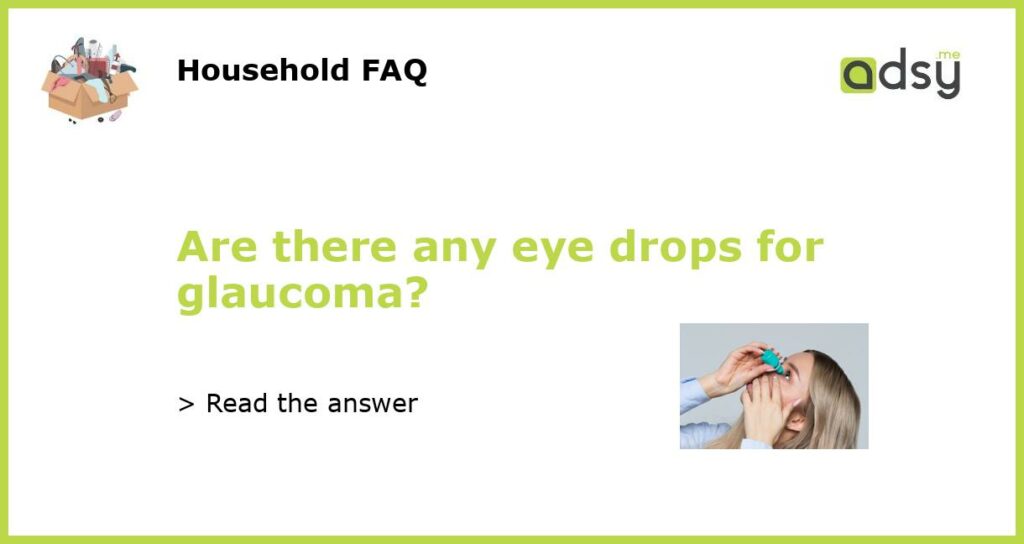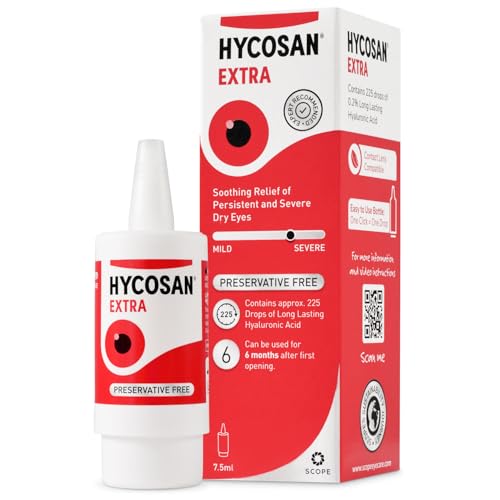Understanding Glaucoma and Its Symptoms
Glaucoma is a group of eye conditions that can cause blindness by damaging the optic nerve. Normally, our eye fluid, or aqueous humor, flows out of the eye through a meshwork of tissues. In people with glaucoma, however, the fluid does not drain properly. This causes a buildup of pressure inside the eye that can damage the optic nerve and lead to permanent vision loss. Symptoms of glaucoma include blurred or hazy vision, halos around lights, and severe eye pain or headache.
The Standard Treatment for Glaucoma
Unfortunately, there is no cure for glaucoma, but the condition can be managed with treatment. Eye drops are the most common way to treat glaucoma. They work by either decreasing the production of aqueous humor or improving the drainage of the fluid. The eye drops need to be taken regularly, and patients may need to try different types to find the one that works best for them. In some cases, doctors may also recommend laser therapy or surgery to help lower the intraocular pressure.
Prescription Eye Drops for Glaucoma
There are several different types of prescription eye drops for glaucoma, including prostaglandin analogs, beta-blockers, alpha-adrenergic agonists, and carbonic anhydrase inhibitors. Prostaglandin analogs like Lumigan and Xalatan are often the first line of treatment. They work by increasing the outflow of aqueous humor through the uveoscleral pathway. Beta-blockers like Betoptic and Timoptic reduce the production of aqueous humor. Alpha-adrenergic agonists like Alphagan and brimonidine also reduce the production of aqueous humor and increase its outflow. Carbonic anhydrase inhibitors like Trusopt and dorzolamide reduce the production of aqueous humor by inhibiting an enzyme called carbonic anhydrase.
Over-the-Counter Eye Drops
While prescription eye drops are the most effective treatment for glaucoma, some people may wonder if there are over-the-counter (OTC) eye drops that can help. Unfortunately, there are no OTC eye drops that can effectively treat glaucoma. Some OTC eye drops may claim to help with eye redness or dryness, but they will not lower intraocular pressure or prevent vision loss. It is important to always talk to a doctor before starting any new treatment.
The only way to effectively treat glaucoma is to lower the intraocular pressure. Prescription eye drops are the most common and effective way to do this. While there are no OTC eye drops that can treat glaucoma, some people may benefit from using eye drops for redness or dryness. If you have been diagnosed with glaucoma, it is important to talk to your doctor about the best treatment plan for you.






